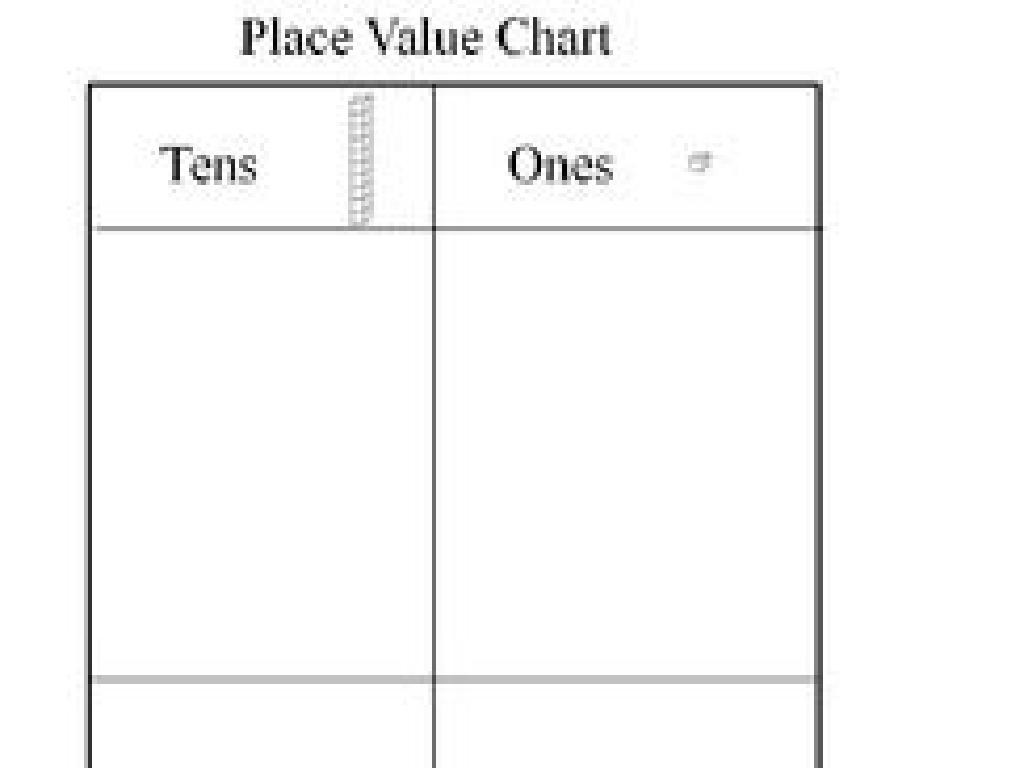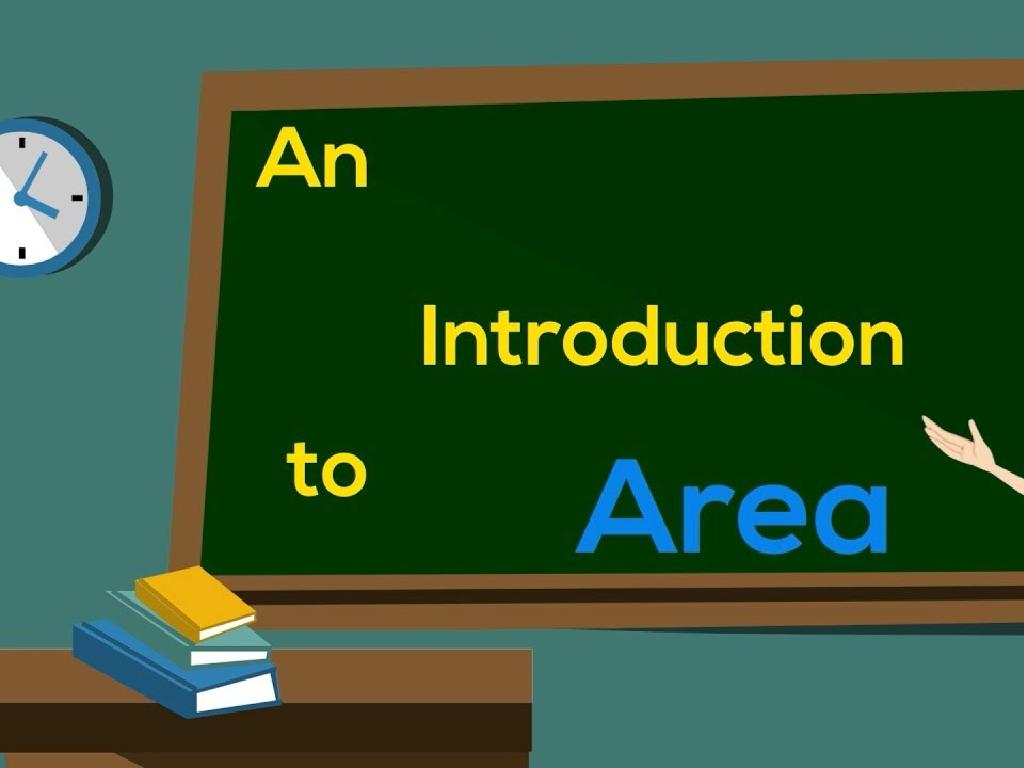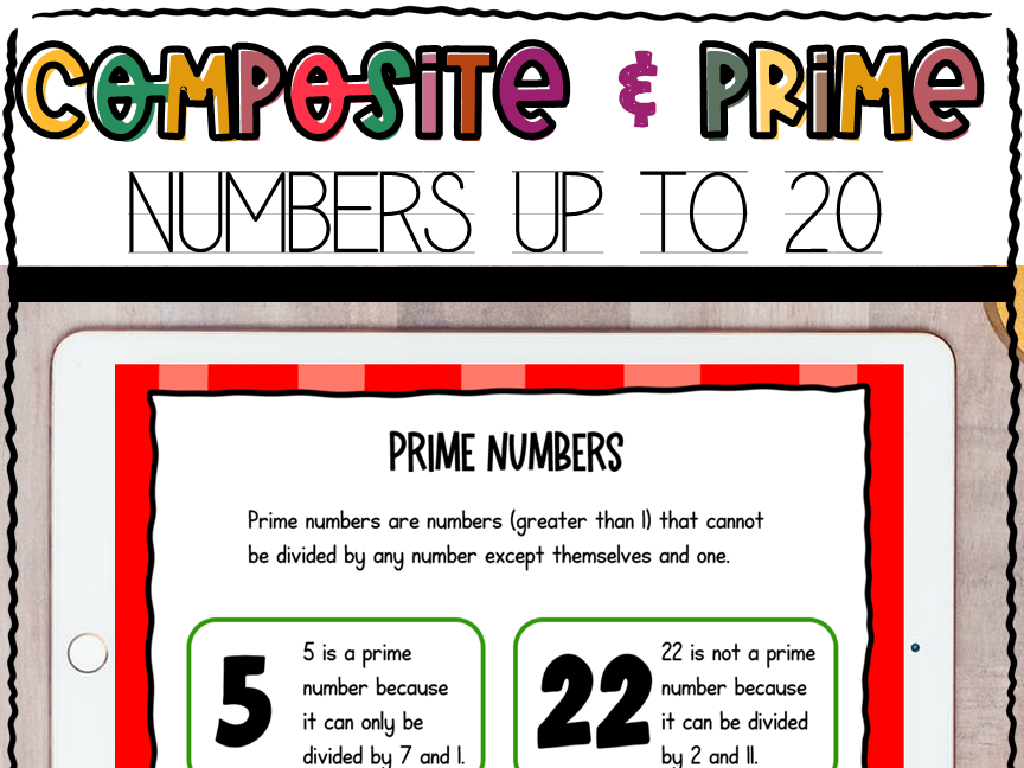Name Countries Of Asia: Region 3
Subject: Social studies
Grade: Seventh grade
Topic: Asia: Geography
Please LOG IN to download the presentation. Access is available to registered users only.
View More Content
Exploring Asia: Region 3 Countries
– Asia: Earth’s largest continent
– Region 3: A diverse area
– Region 3 includes countries like Vietnam, Laos, and Cambodia
– Today’s goal: Name Region 3 countries
– We’ll learn and list the countries in this region
– Understanding regional geography
– Grasp the cultural and geographical diversity within Region 3
|
This slide introduces students to the vast continent of Asia, with a specific focus on Region 3. Begin by highlighting Asia’s size and the diversity it encompasses. Explain that Region 3 includes Southeast Asian countries, which have unique cultural and geographical features. Today’s objective is for students to be able to name and locate these countries on a map. Emphasize the importance of understanding the geographical distribution of countries to appreciate the region’s diversity. Engage students by asking if they know any countries from this region or if they have heard of the Mekong River, which flows through several Region 3 countries.
Exploring Asia’s Region 3: Diverse Landscapes and Cultures
– Physical features of Region 3
– Region 3 includes diverse terrains like plains, mountains, and coastlines.
– Mountains and rivers
– Home to significant ranges and river systems.
– Climate variations
– Experiences a range of climates from tropical to temperate.
– Cultural and linguistic diversity
– A mosaic of cultures, languages, and traditions.
|
This slide aims to introduce students to the geographical diversity of Asia’s Region 3. Emphasize the variety of physical features found in this area, including its mountains, rivers, and the different climates these landscapes support. Highlight the cultural and linguistic diversity, reflecting the complex history and social fabric of the region. Encourage students to think about how geography can influence culture and vice versa. Provide examples such as the Himalayas affecting settlement patterns and the Mekong River supporting agriculture and trade. Discuss the importance of respecting and understanding this diversity in our interconnected world.
Exploring Asia: Region 3 Countries
– Identify countries in Region 3
– Focus on Southeast Asian countries like Vietnam, Thailand, and Malaysia
– Discuss each country’s significance
– Discuss cultural, economic, and geopolitical roles
– Learn capitals and populations
– Capitals: Hanoi, Bangkok, Kuala Lumpur. Populations vary greatly
– Engage with quick facts
|
This slide aims to introduce students to the countries of Asia, specifically focusing on Region 3, which includes Southeast Asian nations. Start by showing a map to help students locate each country. Discuss the unique significance of each country, touching on aspects such as culture, history, and their role in the global economy. Highlight the capital cities and provide a brief overview of the population size, which can lead to discussions on diversity and demographics. Encourage students to remember these quick facts through engaging activities such as quizzes or creative mnemonics.
Economic and Political Influence in Asia: Region 3
– Major economies in Region 3
– Countries like India and China dominate with their large GDPs.
– Varied political systems
– From democracies to one-party states, political systems vary widely.
– Trade’s role in relations
– Trade agreements affect international relations and economic growth.
– Government types impact
– The government type can influence a country’s economic policies and global standing.
|
This slide aims to provide an overview of the economic and political landscapes of Asia’s Region 3, focusing on the major economies such as India and China, which have significant global influence due to their large GDPs and populations. Discuss the diversity of political systems found in this region, ranging from democratic governments to authoritarian regimes, and how these systems shape each country’s governance and policies. Highlight the importance of trade and international relations in bolstering economic ties and fostering diplomatic connections. Lastly, delve into how different government types can affect a country’s economic decisions and its position in the world. Encourage students to think critically about how economics and politics are interlinked and the effects they have on a country’s status and its people’s quality of life.
Cultural Highlights of Asia: Region 3
– Explore regional festivals
– Diwali in India, Dragon Boat Festival in China
– Diverse languages and religions
– Mandarin, Hindi, Islam, Buddhism
– Taste the local cuisine
– Sushi from Japan, Curry from India
– Appreciate the unique art
– Chinese calligraphy, Indian classical dance
|
This slide aims to give students a colorful glimpse into the rich cultural tapestry of Asia’s Region 3. Highlight major festivals such as Diwali, celebrated in India, and the Dragon Boat Festival in China, to illustrate the diversity of traditions. Discuss the variety of languages spoken, like Mandarin and Hindi, and the prevalence of religions such as Islam and Buddhism. Introduce students to the flavors of the region by mentioning popular dishes like sushi from Japan and curry from India. Lastly, touch on the artistic expressions unique to the region, including Chinese calligraphy and Indian classical dance. Encourage students to research more about these cultural aspects and possibly bring in samples of art or recipes from these countries to share with the class.
Challenges in Asia: Region 3
– Environmental concerns impact
– Pollution, deforestation, and climate change
– Social challenges
– Population growth and urbanization
– Economic challenges
– Poverty, unemployment, and trade issues
– Effects on countries
– Discuss how these issues influence daily life and future
|
This slide aims to address the various challenges that countries in Asia’s Region 3 face. Environmental concerns include pollution, deforestation, and the effects of climate change, which can lead to natural disasters and loss of biodiversity. Social challenges are often tied to rapid population growth and urbanization, which can strain resources and infrastructure. Economic challenges may encompass poverty, unemployment, and difficulties in trade, which can affect the nation’s development and stability. It’s crucial to discuss how these challenges affect the countries’ governance, economy, and the daily lives of their citizens. Encourage students to think critically about the interconnectedness of these issues and how they might propose solutions.
Mapping Asia: Region 3 Labeling Activity
– Engage in map labeling activity
– Label Region 3 countries on your map
– Find and label countries like Vietnam, Laos, or Thailand
– Discover interesting country facts
– Look up a fun fact about each country you label
– Share findings with the class
|
This interactive class activity is designed to help students learn the geography of Asia’s Region 3 through a hands-on mapping exercise. Provide each student with a blank map of Asia’s Region 3. As they label each country, such as Vietnam, Laos, Thailand, and others, encourage them to research and note down an interesting fact about that country. After the labeling, facilitate a discussion where students share the facts they’ve found. This activity will not only help in memorizing the countries’ locations but also in understanding the diverse cultures and histories within this part of Asia. Possible variations of the activity could include working in pairs, creating a fact-sharing wall, or even a quiz game at the end to recap what they’ve learned.
Review and Reflection: Asia’s Region 3
– Recap of today’s geography lesson
– Discuss Region 3’s countries
– Focus on Southeast Asia, including countries like Vietnam, Thailand, and Malaysia
– Engage in Q&A session
– Encourage students to ask questions about the cultural, political, and physical geography
– Share insights about Asia
– Share any interesting facts or thoughts about the region’s diversity and culture
|
This slide aims to consolidate the knowledge gained in today’s lesson on the countries of Asia’s Region 3, which primarily includes Southeast Asia. Begin with a brief recap of the key points covered, such as the names and locations of the countries. Then, open the floor for a discussion to reinforce learning and ensure students have a clear understanding of the region’s geography. The Q&A session will allow students to clarify any doubts and express their curiosity about the region’s unique characteristics. Encourage students to share any insights or interesting facts they’ve learned, fostering a collaborative learning environment. This reflective activity will help students retain information and develop a deeper appreciation for the cultural and geographical diversity of Asia.
Homework: Explore Asia’s Region 3
– Select a country from Asia’s Region 3
– Research its geography and culture
– Look into physical features, climate, and landmarks
– Include current events in your study
– Explore traditions, language, food, and arts
– Adhere to presentation guidelines
– Find recent news articles or stories
|
Students are tasked with choosing a country from Asia’s Region 3 for a research project. They should delve into the country’s physical geography, including mountains, rivers, and climate, as well as cultural aspects such as local traditions, language, cuisine, and arts. Additionally, students must stay informed about the country’s current events, which will give them a contemporary understanding of the region. The project will culminate in a short presentation. Provide clear due dates and guidelines for the presentation format, length, and content. Encourage students to use a variety of sources, including books, reputable websites, and news outlets, to gather comprehensive information. This assignment will help students develop research skills and a deeper appreciation for the diversity within Asia’s Region 3.






